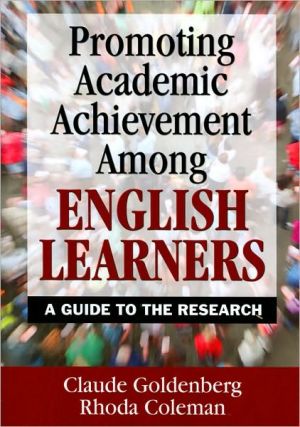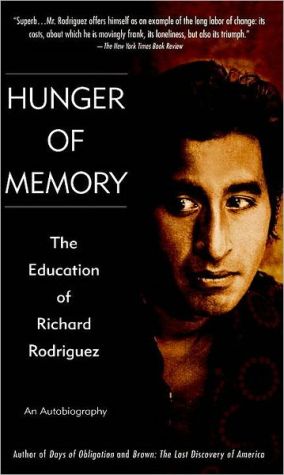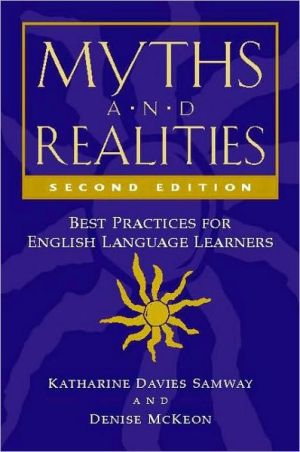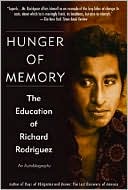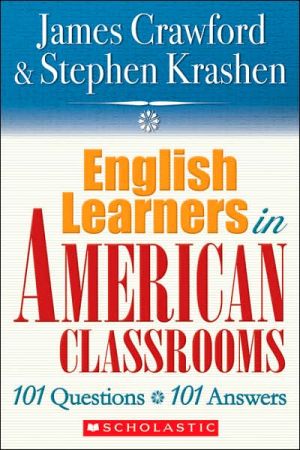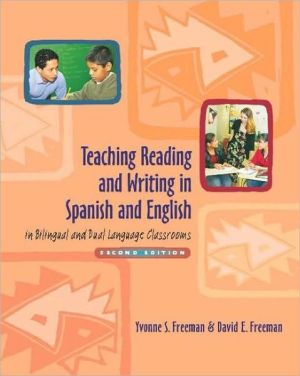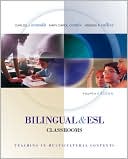Promoting Academic Achievement Among English Learners: A Guide to the Research
Navigate the current research on promoting success among students who speak little or no English and discover specific recommendations for developing effective policies and programs!
Search in google:
Navigate the current research on promoting success among students who speak little or no English and discover specific recommendations for developing effective policies and programs!
List of Tables and Figures viiAcknowledgments viiiAbout the Authors ix1 Why This Book? 1A New Focus on English Learners 3This Book's Goal 5What About Bilingual Education? 10ELLs in the United States: Populations and Programs 11A Word About Research and Statistics 16The Book's Plan 20References 212 The Role of the Home Language 23Common Sense Does Not Necessarily Lead to Truth 24Differences Between the NLP and CREDE Reports 29How to Explain Effects of L1 Instruction on L2 Achievement? 31Still Many Unknowns 33Is There a Place for L1 in English Immersion Programs? 34Recommendations 36References 373 Literacy Instruction in a Second Language 39English Learners Developing Literacy: Key Components 41English Learners Developing Literacy: "Complex Approaches" 48What Instructional Modifications Are Needed for English Learners Learning to Read? 50Recommendations 56References 574 Promoting English Oral Language Development 59A Surprising Lack of Research 61Academic and Conversational English Have Different Characteristics 61Approaches to Promoting English Language Development 63How Long Does It Take English Learners to Become Fluent in English? 68A Need to Focus on Academic English Proficiency 71How Should English Learners Be Grouped for ELD Instruction? 72Interactions With English Speakers 74Should ELD Be Taught Separately or Integrated With Other Academic Instruction? 76Recommendations 78References 795 Academic Instruction in a Second Language 81Key Concepts 83What Do We Know About Effective Content Area Academic Instruction for ELLs? 89Techniques for Teaching Academic Content to ELLs 90The Development of Academic Language 91Science Instruction for ELLs 96Recommendations 97References 986 School and District Role: Focus and Coherence 101Getting From Here to There 103Explicit Academic Goals 104Ongoing Student Assessment 105Leadership 106Professional Development 108Other School and District Factors 111Linking School and District Policies With Classroom Practice 112Recommendations 113References 1147 Social, Cultural, and Family Influences 117Culture and Achievement Among ELLs 118Evidence on Culturally Compatible Instruction for ELLs Is Mixed 120Using Material With Familiar Content 123Does Familiar Necessarily Mean Culturally Familiar? 126Parents and Families 129Recommendations 132References 1338 The Research Goes to School 135English Language Instruction Scenarios 136Primary-Language Instruction Scenarios 1579 Conclusion: What's Next? 167Teachers, Specialists, and Coaches 168Administrators and Policy Makers 170Conducting Thoughts 171References 172Glossary 173Index 177
\ Michael F. Graves"Given the number of English learners already in our schools and the rate at which this population is growing, effectively educating language-minority students is one of the greatest challenges schools face. To meet this challenge, as Goldenberg and Coleman forcefully argue, we need to be guided by the best research available. In this lucid, concise, and reader-friendly review of the research on teaching English learners, the authors present the information that teachers, curriculum specialists, and policy makers need to create the strongest possible instructional programs. But this book is more than a review of research—it also includes specific recommendations that follow from the research. I highly recommend this excellent book to everyone concerned with the education of language-minority children.”\ \ \ \ \ Liliana Minaya-Rowe"The authors have done an exceptionally good job of capturing the major trends, differing perspectives, and many challenges in schooling of English language learners, while putting forth a vision for the immediate future that is solidly grounded in research and in current and evolving knowledge.This bookis essential reading for all teachers, teacher educators, and policy makers."\ \ \ Patricia G. Mathes"A must-read for administrators, program developers, policy makers, and educators who make decisions about English language learners (ELLs) in our schools. Goldenbergand Coleman synthesize a complex body of research into a work that is objective, comprehensive, and understandable. While they address the theories and common beliefs that often drive practice with ELLs, they focus on what is known to be effective for ELLs based on child outcome data. They are also honest and transparent about their own opinions and clear when they are discussing known facts. In sum, this book represents a trustworthy source for determining what is known about providing the highest quality educational services for students who are ELLs."\ \
